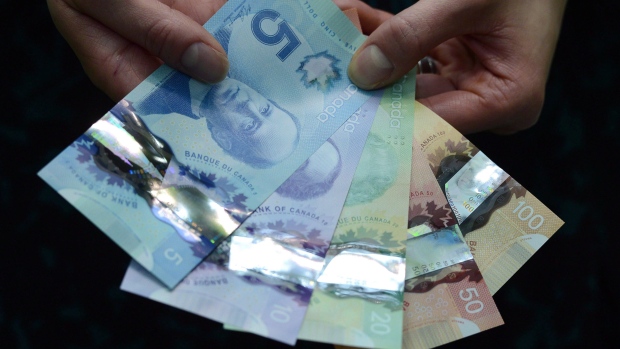Jun 9, 2016
Pattie Lovett-Reid: Canadians spent conservatively in 2015

ANALYSIS: The higher costs of goods weighed heavily on the minds of Canadians, resulting in less money being spent elsewhere such as travel, leisure and entertainment. There is only so much money coming into a household, and according to a new report out by Mintel, Canadians put debt reduction and saving for the future ahead of spending, as they tried to balance luxury with responsibility.
The higher cost of living changed up consumption patterns with 83 per cent saying this is their biggest concern, resulting in 73 per cent cutting back on things they don't need. As a result, the landscape shifted on how and where people spent their money.
Here are some of the highlights from the report:
A night out fed the need for balancing affordable indulgence and time savings. Once the bills were paid, Canadians went out for dinner as 64 per cent saw it as a treat. The popular eatery of choice were quick service restaurants, preferred by families dealing with daily stresses looking for a bit of help putting dinner on the table. In fact, to capitalize on this, the alcohol industry has made strides in upping their game by creating unique experiences at casual dining restaurants. Menus offered pairing suggestions and samplers to provide beer and spirit enthusiasts the opportunity to explore new varieties. Meanwhile, eating at home has become more expensive as inflation in the grocery store has been taking a big bite out of consumer's wallets with 39 per cent saying they spent more on food in 2015. Consumers during the past year have gravitated towards discounted goods as they spend on perishables accounts for more of their grocery bills.
Chinese immigrants and affluent Canadians took advantage of the lower Canadian dollar and have a greater inclination to buy clothing and accessories. The influx of luxury brands opening locations in Canada allowed for easier access to those wanting to buy locally. And Canadian men are becoming increasingly interested in looking good for both aesthetic and emotional reasons. Men 21 per cent of the time wanted to try something new and looking to replace regularly-used items 48 per cent of the time were two reasons men purchased beauty products. When it comes to personal care, men's shaving is big business, but competition here is heating up as big-name brands compete with subscription services, which appeal to the consumer's desire for convenience and time saving.
Boomers are aging and their wallets are growing – which is a natural target for financial services firms. Those in the financial services industry have turned to those with higher investments, lower debt and a need for a higher level of financial security. This has translated into more demand for wealth management services and bank products. For example, 52 per cent of those over 65 own a Tax Free Savings Account.
Finally, the desire to experience life keeps leisure and entertainment products alive, but the category is slowing. One quarter of consumers spent their disposable money on entertainment in 2015. Activities that are popular offer consumers the chance to experience and not just consume, for example going to movies (32 per cent) or visiting a leisure centre, health or fitness club (32 per cent) at least once a month.
The flux of the Canadian economy is leaving consumers feeling wary yet achieving a bit of balance in life at affordable prices will likely dominated in 2015 and will likely continue throughout 2016.







